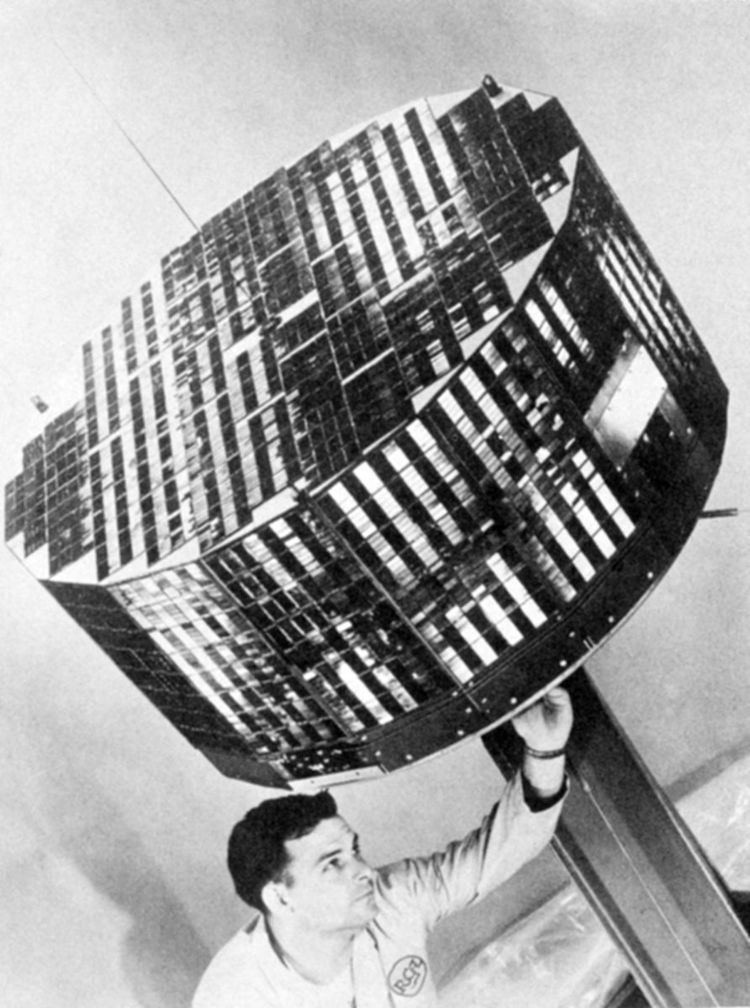SATCAT no. 63 Spacecraft type TIROS | Mission duration 376 days Manufacturer RCA AstroGSFC | |
 | ||
TIROS 2 (or TIROS-B) was a spin-stabilized meteorological satellite. It was the second in a series of Television Infrared Observation Satellite. It re-entered in May 2014.
Launch
TIROS 2 was launched on 23 November 1960 at 11:13:03 UTC, by a Thor-Delta rocket from Cape Canaveral, Florida. The spacecraft functioned nominally until 22 January 1961. The satellite orbited the Earth once every 98 minutes, at an inclination of 48.5°. Its perigee was 609 kilometers (329 nmi) and apogee was 742 kilometers (401 nmi).
The satellite maintained a spin rate of 8–12 rpm by the use of five diametrically opposed pairs of small, solid-fuel thrusters. The spin axis could be oriented to within 1–2° accuracy by the use of a magnetic attitude control device, consisting of 250 cores of wire wound around the outer surface of the spacecraft. The interaction between the induced magnetic field in the spacecraft and the earth's magnetic field provided the necessary torque for attitude control. The spacecraft functioned nominally until 22 January 1961.
TIROS 2 was powered by 9,260 1-by-2-cm silicon solar cells. It had two independent television camera subsystems for taking pictures of cloud cover, plus a five-channel medium-resolution scanning radiometer and a two channel non-scanning low resolution radiometer for measuring radiation from the earth and its atmosphere.
